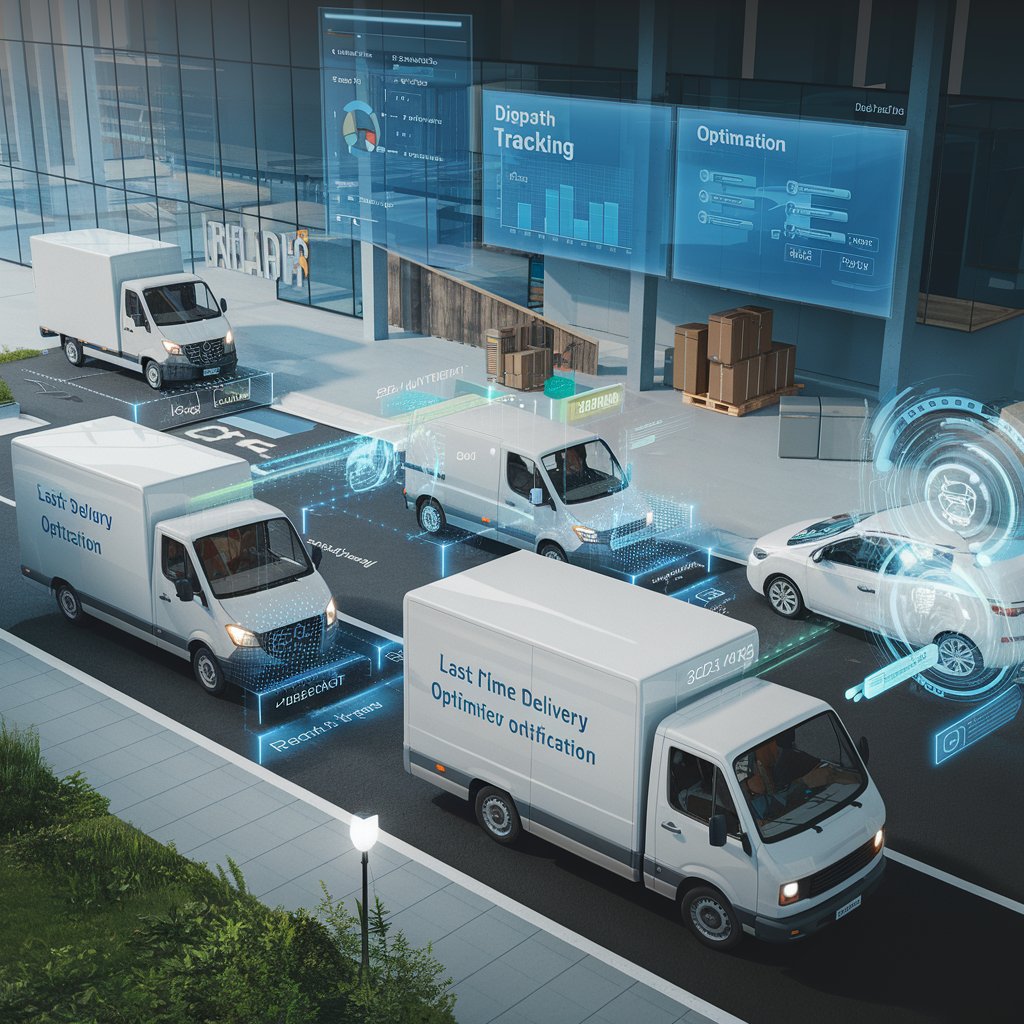Enhancing Visibility with Real-Time Tracking Software: A Comprehensive Guide

What is Real-Time Tracking Software?
Real-time tracking software is a technology solution that provides up-to-the-minute information about the location and status of various business assets or activities. Key functionalities include:
- GPS-based location tracking
- Asset movement history and route visualization
- Geofencing and alert notifications
- Status updates and condition monitoring
- ETA calculations and predictive analytics
- Mobile app integration for field personnel
- Reporting and analytics dashboards
- Integration with other business systems
By integrating these functions, real-time tracking software helps businesses maintain constant awareness of their operations, enabling quick responses to changes and informed decision-making.
Benefits of Implementing Real-Time Tracking Software
- Enhanced Visibility: Gain instant insights into the location and status of assets, vehicles, or personnel.
- Improved Efficiency: Optimize routes, reduce idle time, and streamline operations based on real-time data.
- Better Customer Service: Provide accurate ETAs and proactive updates to customers.
- Increased Security: Quickly detect and respond to unauthorized asset movements or deviations from planned routes.
- Cost Reduction: Minimize fuel consumption, reduce labor costs, and optimize resource allocation.
- Compliance Management: Ensure adherence to regulatory requirements with accurate tracking and reporting.
- Data-Driven Decision Making: Leverage real-time analytics for informed operational strategies.
Key Features to Look for in Real-Time Tracking Software
When evaluating real-time tracking software, consider the following essential features:
- GPS Tracking: Accurate, real-time location data for assets or personnel.
- Geofencing: ability to create virtual boundaries and receive alerts when assets enter or exit defined areas.
- Mobile App Integration: User-friendly mobile applications for field personnel and managers.
- Customizable Alerts: Configurable notifications for various events or status changes.
- Historical Data Analysis: Tools for reviewing past movements and identifying trends.
- API and Integration Capabilities: Seamless connection with other business systems like ERP or CRM.
- Reporting and Analytics: Customizable dashboards and in-depth reporting on tracking KPIs.
- Multi-Asset Support: Ability to track various types of assets (vehicles, equipment, shipments) on a single platform.
- Battery Management: Optimization features to extend the battery life of tracking devices.
- Scalability: Capability to handle a growing number of tracked assets without performance degradation.
Implementing Real-Time Tracking Software: Best Practices
- Define Clear Objectives: Establish specific goals for your real-time tracking strategy, aligning them with overall business objectives.
- Assess Current Processes: Evaluate existing tracking methods, identify gaps, and determine areas for improvement.
- Choose the Right Solution: Select software that aligns with your specific industry needs, tracking requirements, and scale of operations.
- Ensure Hardware Compatibility: If using physical tracking devices, ensure they are compatible with the chosen software.
- Address Privacy Concerns: Develop clear policies for tracking, especially when monitoring personnel.
- Provide Comprehensive Training: Invest in thorough training for all staff to ensure proper use of the system and data interpretation.
- Start with a Pilot: Consider implementing the software with a subset of assets before full deployment.
- Optimize Data Usage: Implement strategies to manage data consumption, especially for cellular-based tracking.
- Continuously Refine: Regularly review tracking data and refine your operational strategies based on insights gained.
Emerging Trends in Real-Time Tracking Software
As technology evolves, real-time tracking software is incorporating advanced features such as:
- Artificial Intelligence for predictive maintenance and behavior analysis
- Internet of Things (IoT) integration for enhanced asset condition monitoring
- Advanced analytics for deeper operational insights and pattern recognition
- Augmented Reality for improved visualization of tracking data
- 5G connectivity for faster, more reliable real-time updates
Staying informed about these trends can help you choose a forward-thinking solution that will serve your business well into the future.
Conclusion
Implementing the right real-time tracking software can transform your operations, leading to increased efficiency, improved customer satisfaction, and better decision-making capabilities. By carefully considering your business needs and following best practices for selection and implementation, you can harness the full power of real-time tracking to drive your business forward in today’s dynamic business environment.
For businesses looking to revolutionize their tracking capabilities, Linbis logistics software offers a comprehensive real-time tracking system. With its advanced features, user-friendly interface, and scalable architecture, Linbis empowers businesses of all sizes to gain instant visibility into their assets, optimize operations, and enhance customer service. Experience the power of real-time insights and data-driven decision-making with Linbis.
